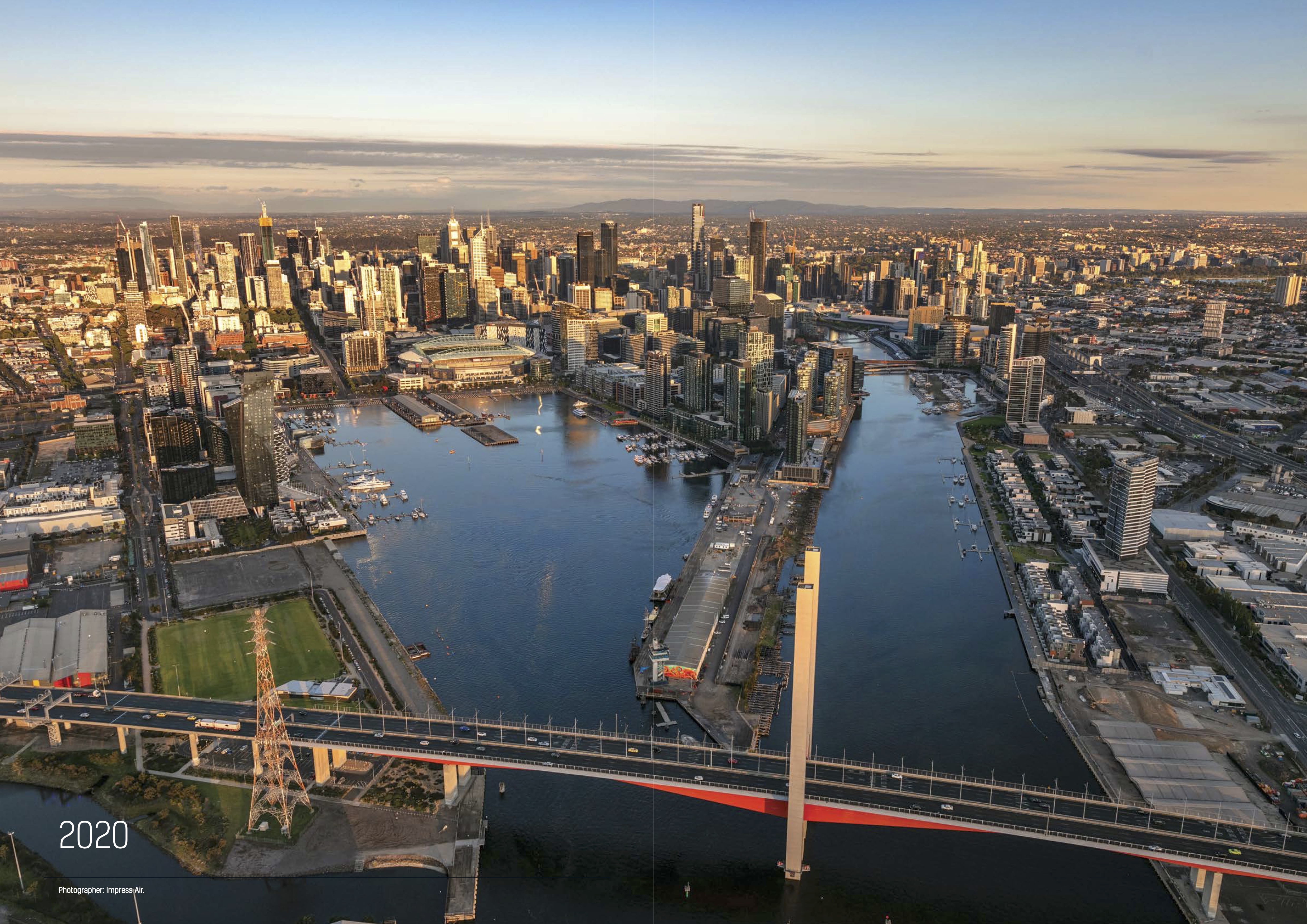Emerging Segments and the Planning Challenges They Pose

The growing need for data centres and self storage pose strategic challenges
Real estate facilitates economic and societal progress as it provides the physical infrastructure which enables change. The energy transition, for example, depends upon new power generation, storage and distribution mechanisms which requires physical space.
The sheer pace of recent structural changes related to mega-themes such as demographics, technology and urbanisation means that new real estate segments are emerging faster than ever. Here we consider two emerging segments we think are important to understand: data centres and self-storage.
These are two of the niche segments in which investors plan to increase their activity the most in 2023.
Data centres: Powering the digital economy
Data centres contain the computing and networking systems used to store, manage, process and transmit digital data. Greater technological adoption, rising internet use and expanding cloud services mean that our need for data centres – the engines of the digital economy – is rising too.
Concern over data security suggests that more of the digital data generated in Australia will need to be stored or controlled within our sovereign borders. As a result, we will need far more data centres in the future than we have done in the past.
There are four main types of data centre (Table 1), all with unique location and asset requirements. What all share is a reliance on plentiful power and internet connections, geographical and climatic stability as well as access to skilled labour.
Table 1: The four main data centre typologies

Big data centres such as colos or hyperscalers require large sites close to large population centres. Existing planning policy should allow their creation within industrial parks and suburban office precincts commensurate with demand. Enterprise data centres are established within sites operated by the user so should also be relatively easy to grow in line with demand.
Delivering new edge data centres will be more difficult given their strict locational requirements.
The distance between devices and data centres effects operational performance. If a data centre takes too long to relay an instruction due to its location, it can cripple the functionality and safety of devices that depend on instant data processing such as driverless cars. To address this, small localised edge data centres are necessary close to where data is generated i.e. in the heart of our urban areas.
Edge data centres present a challenge to land use planning which has traditionally segmented land uses into distinct single use categories. New space will need to be found within already densely developed urban centres if Australia’s cities and towns are to harness the potential of modern technology. In response – asset owners, managers and investors will need to creatively find ways to support edge data centres within office, retail or living assets, perhaps in underused basement or roof areas.
Planners should enable this through less prescriptive land use planning.
Self-storage: Responding to urban land pressure
Self-storage, whereby individuals or businesses rent space in a warehouse to store goods or possessions, has been around for a while but it is becoming professionalised, sophisticated and subject to growing demand.
Household self-storage demand is underpinned by the trend towards smaller dwellings in cities as a result of urbanisation and densification; growing numbers of urban renters; and an ageing population given that older age cohorts are by far the most prolific self-storage users. Self-storage is an ideal solution for ecommerce platforms that require urban storage space, too. As ecommerce penetration rates rise and the shortfall of urban logistics stock widens, self-storage demand grows.
Viewed in this way, self-storage is an enabler of future business and population growth because it allows households and business to offset the lack of space which is a characteristic feature of modern urbanisation. Australia provides around 0.17 sqm per person compared to 0.87 sqm in the US, suggesting significant future growth potential.
Self-storage space per person

Old-style self-storage facilities were bland warehouses, thus in land use planning they tend to be categorised as industrial activities. However, modern self-storage facilities are far more than just a static box, often including significant technology to allow 24/7 access and real-time inventory tracking as well as co-working space and meeting rooms. They are often brightly coloured, engaging and have the feel of a retail or office asset. They work best when they are close to their users, with survey evidence indicating that fewer than 25% of users travel for more than 20 minutes to access self-storage.
This implies strategic planning must be more flexible in permitting self-storage facilities closer to the households and small businesses who rely on it, bringing it into predominantly residential areas. Existing self-storage facilities in such areas should also be protected in any redevelopment, given that alternative uses such as residential or offices support higher land values.
At least replacement provision should be provided on-site or nearby as development occurs to protect the enabling function that self-storage provides, in the same way that essential business services like panel beaters have traditionally been protected by planning authorities.
Related posts
Dive deeper into insights that matter to you.

The Election and Housing: Ireland’s Wake-Up Call for Oz

Australia’s Visitor Economy Rebounds: Insights from 2024-2025 ABS Data

Australian Data Centres: The State of Play for this Critical Sector

30 Years On: Has Docklands Been A Success?
Make smarter decisions
Get in touch with the Team to get an understanding of how we transform data into insightful decisions. Learn more about how Atlas Economics can help you make the right decisions and create impact using our expertise.
